Gaskets are mechanical seals that help machines of all kinds operate safely and effectively. One main application of a gasket is joint sealing, the importance of which cannot be overstated. Joint sealing is critical in numerous aerospace, pneumatic and hydraulic applications, especially those involved in maintaining air or fluid pressure. For instance, on commercial aircrafts, gaskets keep passengers safe by holding cabin pressure in place. Another gasket application is preventing leaks. Read More…
Phelps Industrial Products is a major manufacturer, fabricator and distributor for a wide range of industries throughout the world. We employ a wide range of both computerized high speed and manual equipment to fulfill the toughest demands. We also have a wide range of compressed, elastomeric and non-elastomeric materials available. Since our founding in 1945, we have taken great pride in our...

REDCO is your complete source for molded gaskets or die cut gaskets, using a wide range of materials. We pride ourselves on just-in-time delivery and practice a "zero-defect" policy. Since our founding in 1948, it has been our goal to be a one-stop place for your gasket needs.
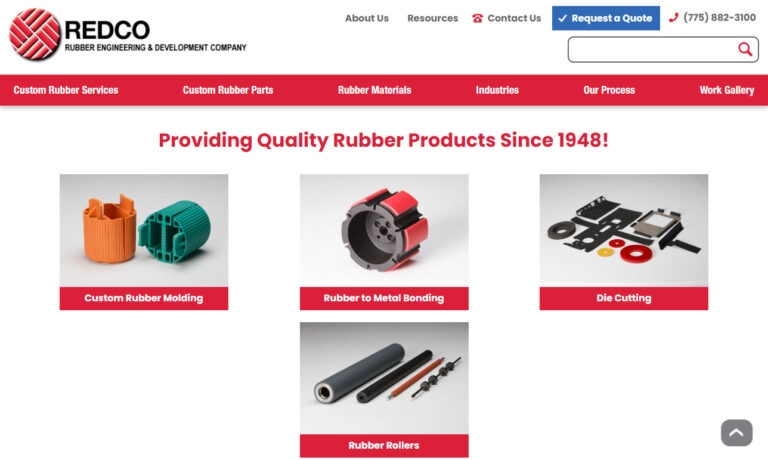
Since 1946, Kent Rubber Supply has been providing the industry with state-of-the-art gaskets. Leveraging the best equipment and the most skilled staff, we ensure we continuously meet our customers unique needs—both domestic and offshore. Our team is capable of prototyping, samples, low-run, or large-volume production. We are confident that our high-tech, industry-leading precision equipment can ...

Since 1979, gaskets have been the focus of our company. VSP Technologies is an award-winning company, innovating new gasket technologies and solutions since our inception. We pride ourselves on our ability to problem-solve and create long-term, comprehensive solutions to fit our customers needs. Our patented designs and experienced specialists are here and ready to serve you! Call us at...
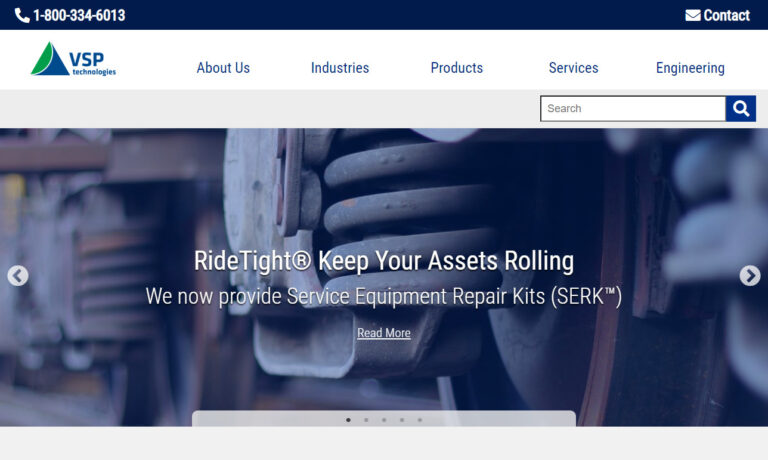
RD Rubber Technology Corp is an ISO 9001:2015 / AS9100:2016 certified and ITAR registered company. We offer compression, transfer, injection and Liquid Injection molding, rubber to metal bonding, engineering support, tooling design, machining and more. Our customers rely on us to give them the best possible production gaskets. From aerospace to medical, food processing to military applications we ...

Arizona is your complete source for standard and custom gaskets, o-rings, seals and more since 1989. Call Arizona Sealing Devices first to solve your die cut gasket needs and you’ll receive same day shipping on stock items plus full custom capabilities. Mylar, Vellumoid & many more gasket materials can be made to your specs utilizing close tolerance laser dies. No order is too small!

CFS is an ISO 9001:2015 manufacturer of custom gaskets utilizing materials such as silicone rubber, EPDM, Poron®, Santoprene®, RN-8011 and Viton®. We can source the gasket material or use customer-supplied materials. Our in-house engineers will work with you to ensure the perfect fit for your custom gasket needs. CFS offers large format cutting, adhesive laminating, and kiss-cutting or split...
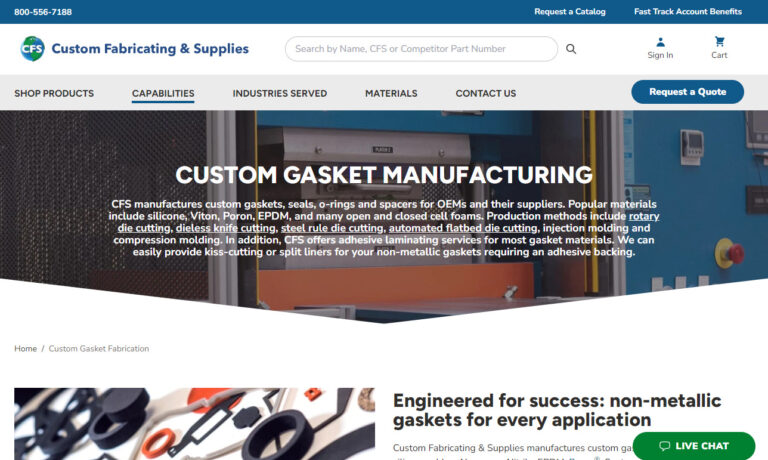
Our team at Spira strives to bring you the best gaskets on the market. We exhibit our commitment to quality products by staying at the forefront of ever-changing manufacturing technology. We offer RFI gaskets to suit various applications, with groove-mounted, surface-mounted, and honeycomb filter configurations available. Contact us and we will help you find the gasket that suits your...

As a supplier of gaskets since 1977, Gardico is dedicated to customers in all industrial sectors needing standard & custom gaskets of superior workmanship. Gardico works with a variety of foam, fiber, felt, cork, plastics, metals & numerous other materials to meet all of their customers’ needs.
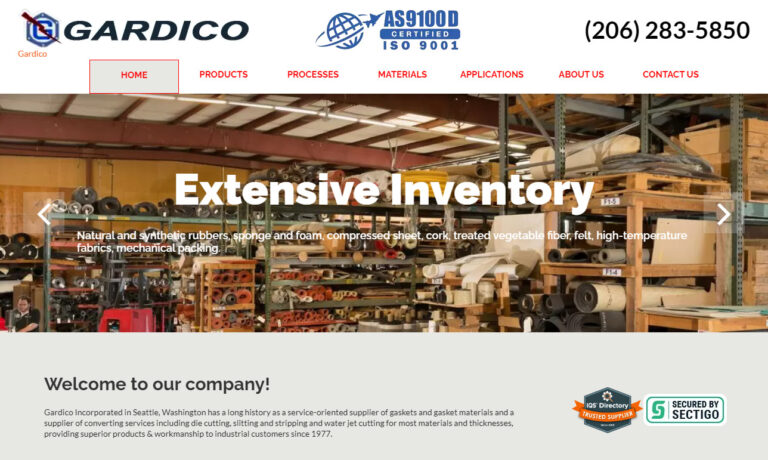
More Gasket Manufacturers
Gaskets play a crucial role in industries where safety and efficiency are paramount, such as aerospace, defense, aviation, and transportation.
They are essential components in various equipment and appliances, including compressors, airframes, business machines, medical equipment, meters, elevators, escalators, turbines, valves, engines, and plumbing systems.
The History of Gaskets
In 1820, the earliest versions of what we now know as gaskets were developed. These were called solid iron sulfate seals, crafted from a blend of sulfur powder, packed iron filings, and water. Alongside these factory-made seals, people of that era frequently improvised their own gaskets. One method involved unraveling rope and filling cracks and joints with tar or lubricant. Leather packing was another common DIY solution used to seal water pumps, though its effectiveness was limited as water tended to degrade the leather over time.
Industrial gaskets underwent a transformative leap forward following the patenting of the vulcanization process in 1845 by inventors like Charles Goodyear. This breakthrough enabled the production of rubber, allowing manufacturers to create gaskets not just from natural rubber but also from synthetic variants tailored for various attributes such as chemical resistance, heat tolerance, and impact resilience. Consequently, rubber gaskets have become the predominant choice across industries today.
In 1899, manufacturers introduced the first asbestos gasket, sparking decades of widespread popularity. These gaskets found extensive use in sealing components for trains, ships, and sensitive shipping containers holding substances like gasses, hot oil, and grease. However, their popularity waned in the 1980s following scientific revelations linking asbestos to cancer and lung diseases. As a result, strict regulations now largely prohibit the use of asbestos, marking its near disappearance from modern industrial practices.
Over time, gaskets have underscored their criticality, showcasing their capacity to enhance application performance under optimal conditions and exacerbate damage when failures occur. Nowhere was this dichotomy more evident than in the Challenger disaster of 1986. Just 73 seconds after liftoff, the Challenger space shuttle disintegrated due to a faulty o-ring seal in its fuel system, claiming the lives of all seven crew members. This catastrophe prompted NASA engineers and industry experts to implement rigorous testing and stricter regulations for gasket quality.
Gasket and seal manufacturers have achieved remarkable advancements, crafting highly durable and reliable products. Enhanced by rigorous testing methodologies, expanded material options, and improved automation, gaskets have emerged as indispensable components in critical applications.
Design
Production
Gasket manufacturers typically craft their products using either die-cut metal sheets or flat rubber. Die cutting offers extensive design flexibility, enabling the creation of gaskets ranging from straightforward O-rings to intricate automotive engine components. In instances where a robust, thick gasket is required, manufacturers may opt for rubber injection molding instead of die cutting. Additionally, gaskets can be produced using methods such as water jet cutting or compression molding to meet specific application needs.
Materials
Manufacturers select gasket materials according to their operational environment, offering a diverse array of composition options. Among these, synthetic rubber stands out as the preferred choice. The term encompasses various rubber types like neoprene, silicone, viton, EPDM, and other standard and custom formulations. Each type offers distinct advantages in non-reactivity, chemical compatibility, tensile strength, corrosion resistance, and performance under extreme temperatures. This versatile material has significantly advanced the industry, enabling precise management of challenging and unconventional configurations.
For instance, advanced synthetic rubber gaskets such as jacketed mylar and Teflon varieties provide dependable seals even against highly corrosive chemicals or severe weather conditions.
Manufacturers produce foam gaskets using sponge rubber, such as open or closed-cell silicone rubber, for applications that demand a flexible seal. They also utilize various non-asbestos materials like filament, fiberglass, ceramics, and Kevlar sheets.
Considerations and Customization
Manufacturers offer gaskets in a wide array of compositions, shapes, and sizes tailored to specific application needs. For a perfect fit, they can customize gaskets with textured surfaces such as tapering, grooving, ridging, and unique shapes to enhance connection points. Additionally, manufacturers can craft bespoke gaskets using specialized materials and dimensions upon request.
Types
Head Gasket
To bridge the divide between an engine block and a cylinder head, the indispensable solution lies in the head gasket. Among the most intricate types of gaskets, head gaskets boast resilience against heat and chemicals, embodying robust durability.
Shim
To enhance sealing effectiveness or fill gaps, shims are employed either independently or alongside rubber gaskets. Shims, flat metal gaskets resembling washers, play a crucial role in this process.
O-Ring
O-ring gaskets derive their name from their circular shape resembling the letter O. These slender gaskets rank among the most widely used types due to their affordability, straightforward design, and adaptability. They are favored for their versatility, seamlessly fitting into both stationary applications and moving parts like hydraulic cylinders and rotating pump shafts.
Flange Gasket
Flange gaskets, akin to o-rings, derive their name from their distinctive shape. These gaskets feature projecting lips or rims resembling flanges, which can be either internal or external lips, rims, or ridges. These lip features contribute to the gasket’s improved attachment capability.
Cylinder Head Gasket
Cylinder head gaskets, commonly referred to simply as head gaskets, are crucial components within internal combustion engines. Positioned between the cylinder head(s) and engine block, their primary function is to ensure efficient sealing and compression. They play a vital role in preventing leakage of essential fluids such as engine oil and coolant, thereby maintaining the engine’s operational integrity and performance.
Jacketed Gasket
Jacketed gaskets are designed with a metallic coating on one or both sides—single-jacketed or double-jacketed. Typically, these gaskets incorporate a plastic or rubber interior, enhancing their strength, durability, and flexibility compared to non-jacketed types. Double-jacketed variants offer superior pressure, high temperature, and corrosion resistance as well.
Intake Manifold Gasket
Intake manifold gaskets function as vital connectors between the intake manifold and the upper section of the engine in vehicles.
Exhaust Gasket
Exhaust gaskets are specialized seals crafted specifically to control vehicle exhaust flow. Their primary function is to ensure that engine gasses remain within the exhaust system until they are appropriately released.
Valve Cover Gasket
Valve cover gaskets sit atop the engine cylinder head, tasked with sealing the valve cover to prevent oil leaks.
Spiral Wound Gasket
Spiral wound gaskets are crafted by intertwining stainless steel and flexible graphite in a spiral formation. This design effectively addresses stress, tension, and movement concerns, ensuring a secure yet adaptable seal.
Silicone Gasket
Silicone rubber gaskets are recommended by manufacturers for extreme temperature ranges, spanning from approximately -140°F to 480°F. Additionally, they excel in resisting UV light and can shield other materials from its effects.
EPDM Gasket
EPDM gaskets are employed to seal machine part surfaces together.
Neoprene Gasket
Neoprene gaskets, crafted from custom neoprene, are renowned for their exceptional durability. They serve as enduring seals within the crevices of machinery components.
Advantages of Gaskets
Gaskets vie for supremacy among sealing solutions in diverse applications. Liquid sealants, like silicone or RTV (Room-Temperature Vulcanizing) sealants, present a notable alternative. Liquid sealants boast flexibility and adaptability, yet gaskets hold a distinct edge in certain contexts. Gaskets excel where rigorous compression and steadfast sealing are paramount. Their solid composition guarantees even pressure distribution, delivering a dependable, leak-resistant seal. This reliability proves invaluable in environments subject to fluctuating temperatures and pressures.
Another alternative to gaskets are O-rings, commonly utilized for dynamic sealing purposes. However, O-rings may not always be compatible with specific flange configurations or larger sealing surfaces. In contrast, gaskets offer versatility, able to conform to irregular shapes and cover larger surface areas, thereby proving more effective for complex sealing needs.
In high-temperature environments, metal gaskets vie against non-metallic counterparts. Non-metallic gaskets, crafted from materials like rubber or fiber, boast commendable compression and flexibility, yet falter under extreme temperatures and chemical aggressors. Meanwhile, metal gaskets, forged from stainless steel or copper, shine in rigorous conditions of heat and pressure, leveraging their durability and resilience against severe elements, establishing them as essential components.
In certain scenarios, gaskets vie against mechanical seals, typically found in rotating machinery like pumps and compressors. Mechanical seals excel in preventing leaks but demand meticulous alignment and upkeep. Conversely, gaskets offer simpler installation and are cost-effective, particularly favored for stationary sealing tasks such as sealing flanges and covers.
In essence, gaskets offer distinct advantages over competing alternatives. They excel in sealing applications requiring higher compression and consistent pressure distribution, surpassing O-rings due to their ability to seal irregular shapes and larger surface areas. Metal gaskets shine in extreme conditions of temperature and pressure, ensuring reliable performance in challenging environments. Moreover, gaskets generally prove more cost-effective and easier to install than mechanical seals, making them highly appealing for static sealing needs. However, choosing the optimal sealing solution demands careful evaluation of factors such as temperature, pressure, chemical compatibility, and mechanical stresses tailored to each specific application.
Accessories
Accessories for gaskets play crucial roles in enhancing their performance, improving sealing effectiveness, and extending lifespan. Gasket sealants, for instance, fill in tiny imperfections and surface irregularities, ensuring a dependable seal and greater adaptability to various mating surfaces. Rubber protectants are specifically formulated to safeguard rubber gaskets from drying, cracking, or brittleness caused by harsh environmental conditions or UV exposure. These solutions effectively preserve the sealing capabilities of rubber gaskets, prolonging their operational life. Conversely, wax solutions are used to augment the non-stick properties of gaskets during installation and removal. By creating a lubricating layer on the gasket surface, wax solutions minimize friction, making it easier to install, remove, and replace gaskets without causing damage.
Depending on your specific needs and sealing criteria, the necessity of these accessories varies. In applications where sealing integrity is crucial—such as in industrial machinery, pipelines, or automotive engines—incorporating gasket sealants can provide an extra layer of assurance. To enhance the durability of rubber gaskets exposed to harsh elements like sunlight, heat, or chemicals, rubber protectants are invaluable for preserving their sealing effectiveness over time. Moreover, for gaskets prone to sticking during installation or removal, wax solutions offer a non-damaging way to facilitate these processes, ensuring smooth operations without premature wear or harm.
You can find these accessories in several places. They’re available at hardware stores, automotive supply shops, and online retailers, offering a diverse selection of gasket sealants, rubber protectants, and wax solutions. It’s important to ensure compatibility with your specific gasket material and intended use when acquiring these items. Reading product labels, seeking expert advice, or consulting with gasket manufacturers can assist in making well-informed decisions that cater to your gasket and sealing requirements effectively.
Installation
Gasket installation is pretty easy. Let’s go over the steps.
- Ensure the mating surfaces are thoroughly cleaned to remove any moisture, oil, or dirt, guaranteeing optimal seal quality.
- Get ready to seal by laying flat the surface where mating will occur.
- Optional: Apply a thin coat of adhesive onto your mating surface. We suggest using pressure-sensitive adhesive for this purpose.
- Set the gasket gently atop the mating surface.
- Apply adhesive continuously until the mating surface securely seals with the gasket. If adhesive isn’t being used, proceed directly to the next step.
- Attach the gasket securely to the opposite mating surface.
- If you’ve applied it, allow the adhesive time to sit and dry. If not, use a wrench to evenly tighten your gasket for consistent compression.
To make sure you’re taking the right steps for your particular application, make sure to consult with your manufacturer before installation.
Proper Care for Gaskets
For a comprehensive understanding of gasket care, individuals can consult a variety of sources including equipment manuals, manufacturer guidelines, and specialized industry resources. Product manuals from equipment manufacturers typically provide detailed instructions on maintaining and caring for gaskets. Industry associations and suppliers also offer educational materials and training programs focused on gasket handling and upkeep. Furthermore, online resources, forums, and technical articles are invaluable for accessing additional insights into best practices for gasket care.
Proper care for gaskets revolves around several crucial steps. Begin by storing them in a clean, dry space shielded from direct sunlight and temperature extremes. When installing or removing gaskets, handle them with care to avoid damaging the material or its sealing surfaces. Using compatible lubricants, like wax solutions, facilitates smooth installation and minimizes the risk of gasket adhesion. Regular inspections are vital to spot wear, corrosion, or chemical damage early, ensuring timely replacement when needed.
Improper care of gaskets can result in a range of problems. For example, storing them incorrectly can cause premature deterioration, leading to less effective sealing and possible leaks. Mishandling during installation and removal may damage the gasket, compromising its seal and creating potential leak paths. Additionally, using incompatible lubricants or cleaning agents can degrade the gasket material, reducing its performance. Neglecting regular inspections is crucial as it may result in the use of worn-out or damaged gaskets, posing risks to equipment integrity and potentially leading to costly repairs or downtime.
Proper maintenance of gaskets brings multiple advantages that enhance operational efficiency and save costs. Keeping gaskets in good condition guarantees a secure, leak-free seal, preventing loss of products, environmental harm, and safety risks. Routine inspection and timely replacement of gaskets lower the chances of unexpected breakdowns and extend equipment longevity. Adopting these maintenance practices helps businesses reduce expenses, prevent costly shutdowns, and boost productivity. Moreover, using appropriate lubricants and cleaners not only simplifies gasket installation but also preserves their integrity, ensuring optimal performance in the long run.
In summary, mastering the art of gasket care involves consulting equipment manuals, manufacturer guidelines, industry resources, and online references. This comprehensive approach encompasses proper storage, careful handling, effective lubrication, and routine inspection. Overlooking gasket maintenance can lead to compromised sealing, equipment malfunctions, and safety hazards. Conversely, adhering to best practices in gasket care guarantees dependable seals, extends equipment longevity, cuts down on maintenance expenses, and boosts overall operational efficiency. Therefore, prioritizing gasket care is indispensable for ensuring both safety and efficiency in operations.
Standards
Manufacturers’ requirements for gasket fabrication vary based on your application, industry, and location. Some must comply with FDA regulations, while others must meet Mil-Spec standards used in the military.
Various governments adhere to specific gasket standards: in the USA, ANA/ANSI; in the European Union, PN/DIN; in the UK and Australia, BS10; and in Japan and South Korea, JIS/KS. Globally, ISO-certified gaskets are widely recognized across many organizations.
Ensure your manufacturer obtains the necessary standard certifications. If you’re unsure about which ones are required, consult industry leaders and relevant governmental offices for guidance.
How to Choose the Right Manufacturer
Gaskets may be small, but their impact is significant. Choosing high-quality gaskets from a reputable manufacturer is crucial. Opting for anything less could lead to system failure or worse. With a trustworthy manufacturer, you can also ensure that custom gasket needs are met with confidence. Finding such a manufacturer is simple: explore the detailed listings of custom gasket companies on this page. We’ve curated information on several manufacturers we wholeheartedly trust.
Spend some time reviewing the profiles of these manufacturers, focusing on your specific requirements. Select three to four companies that match your criteria. Contact each company to request a quote, discussing your budget, deadline, preferred delivery options, and standard requirements. After gathering their responses, compare and contrast them to make an informed decision.


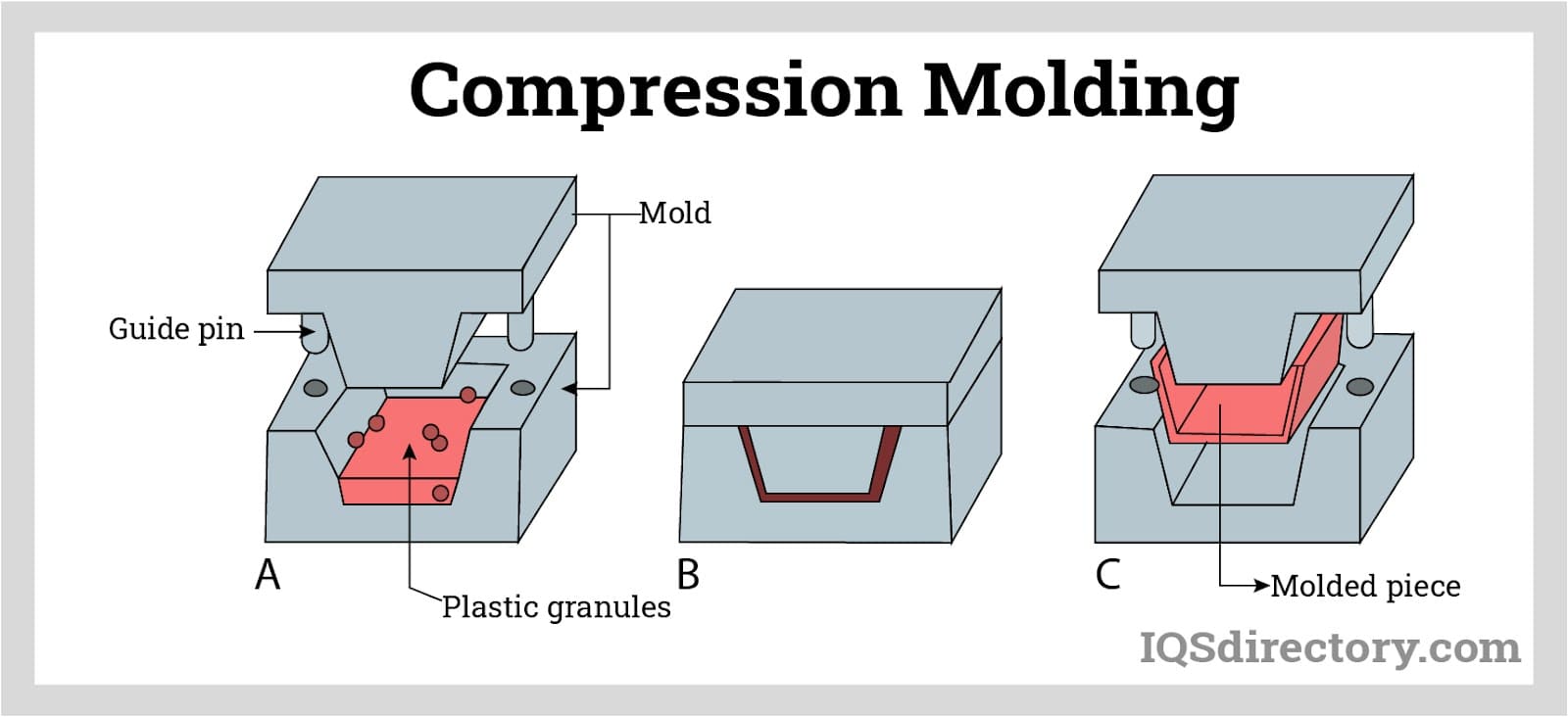
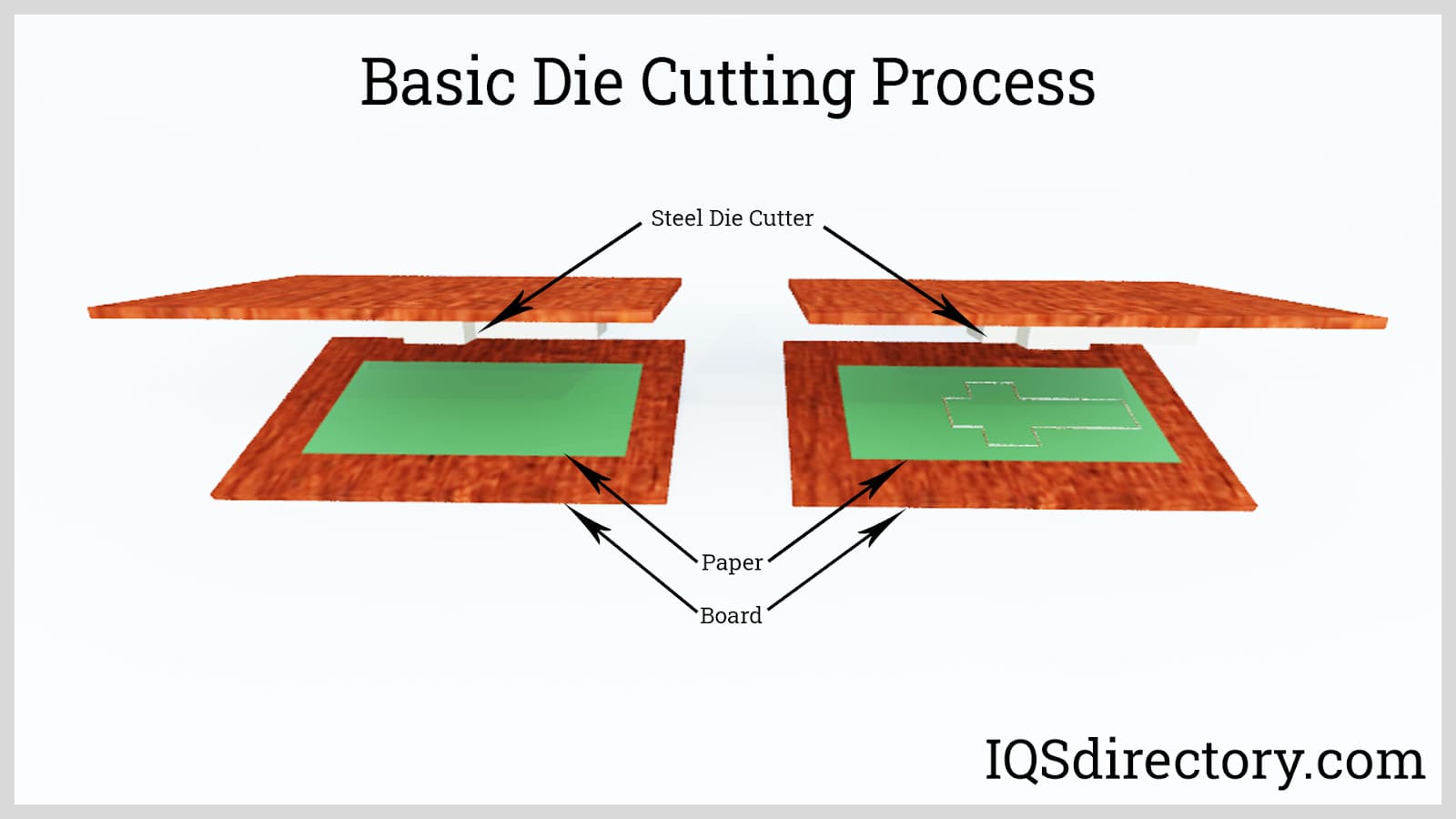
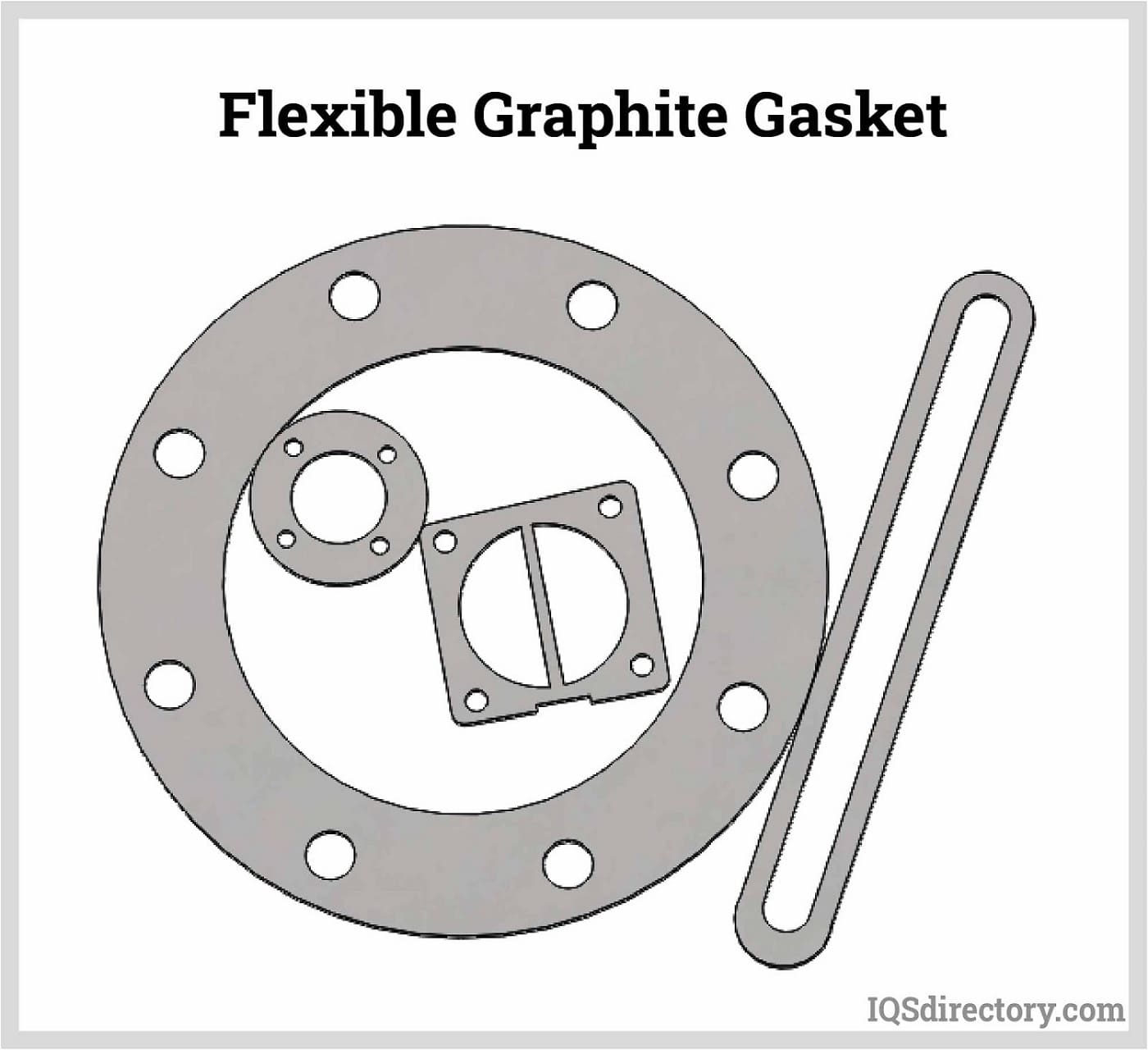
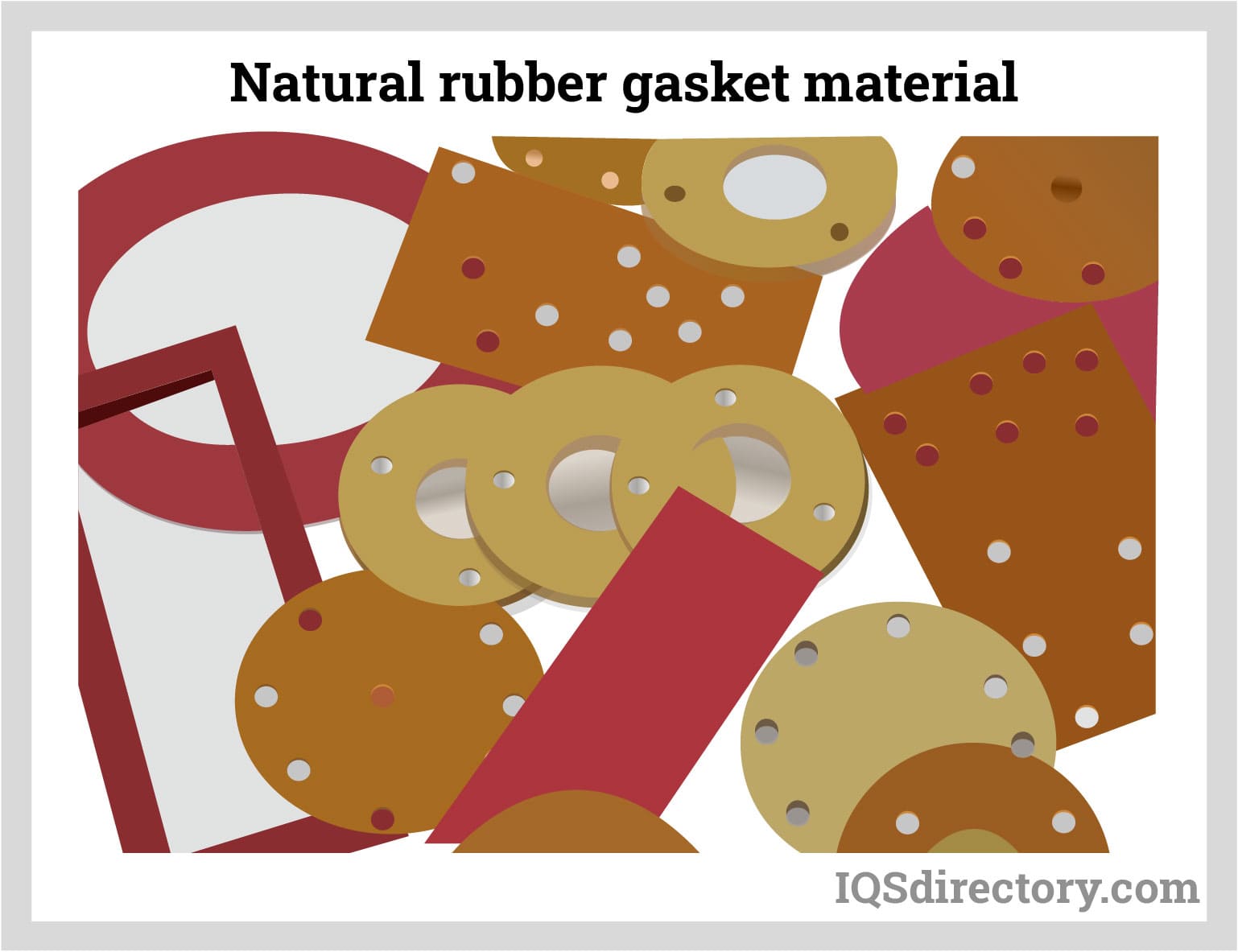
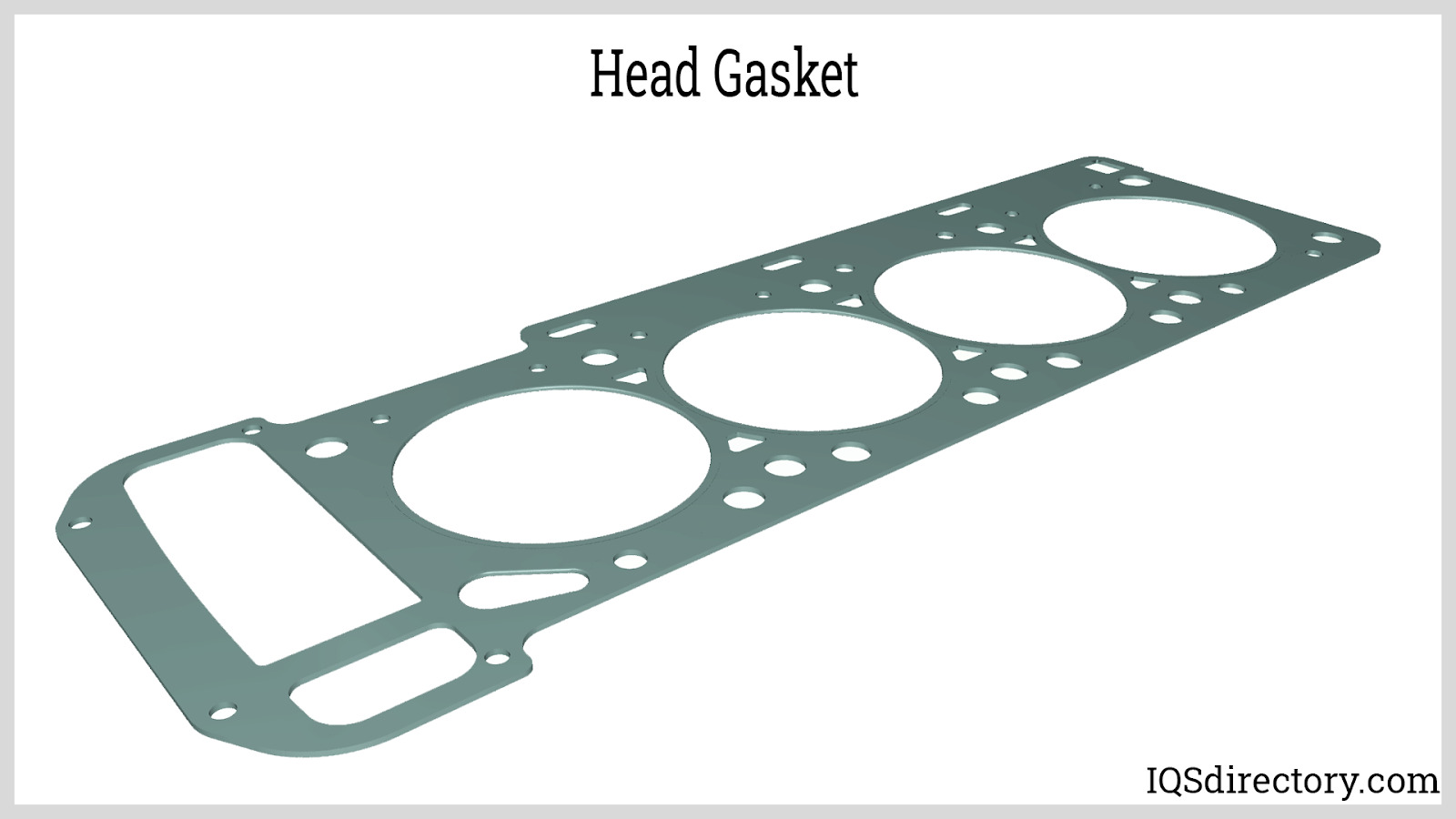
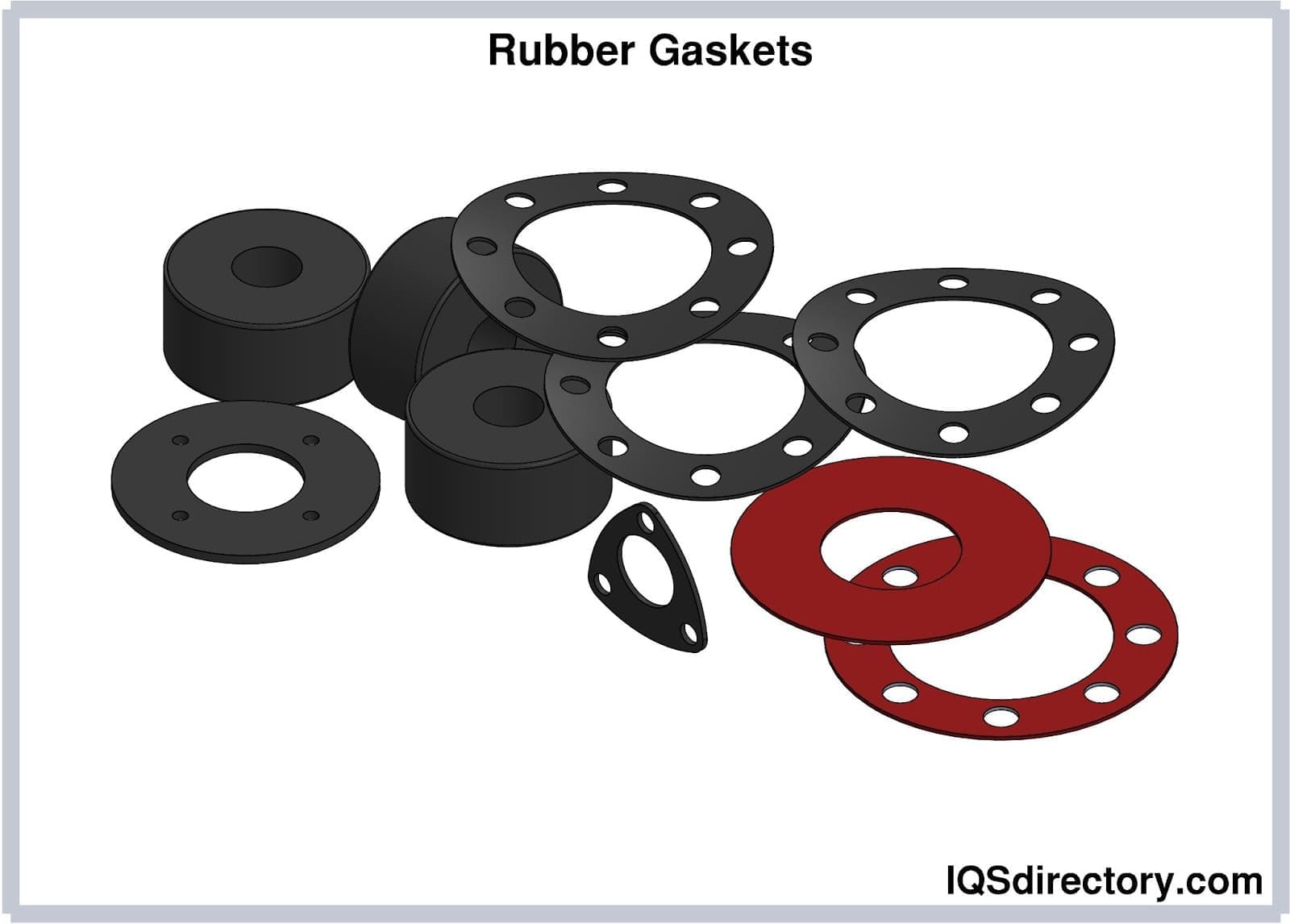
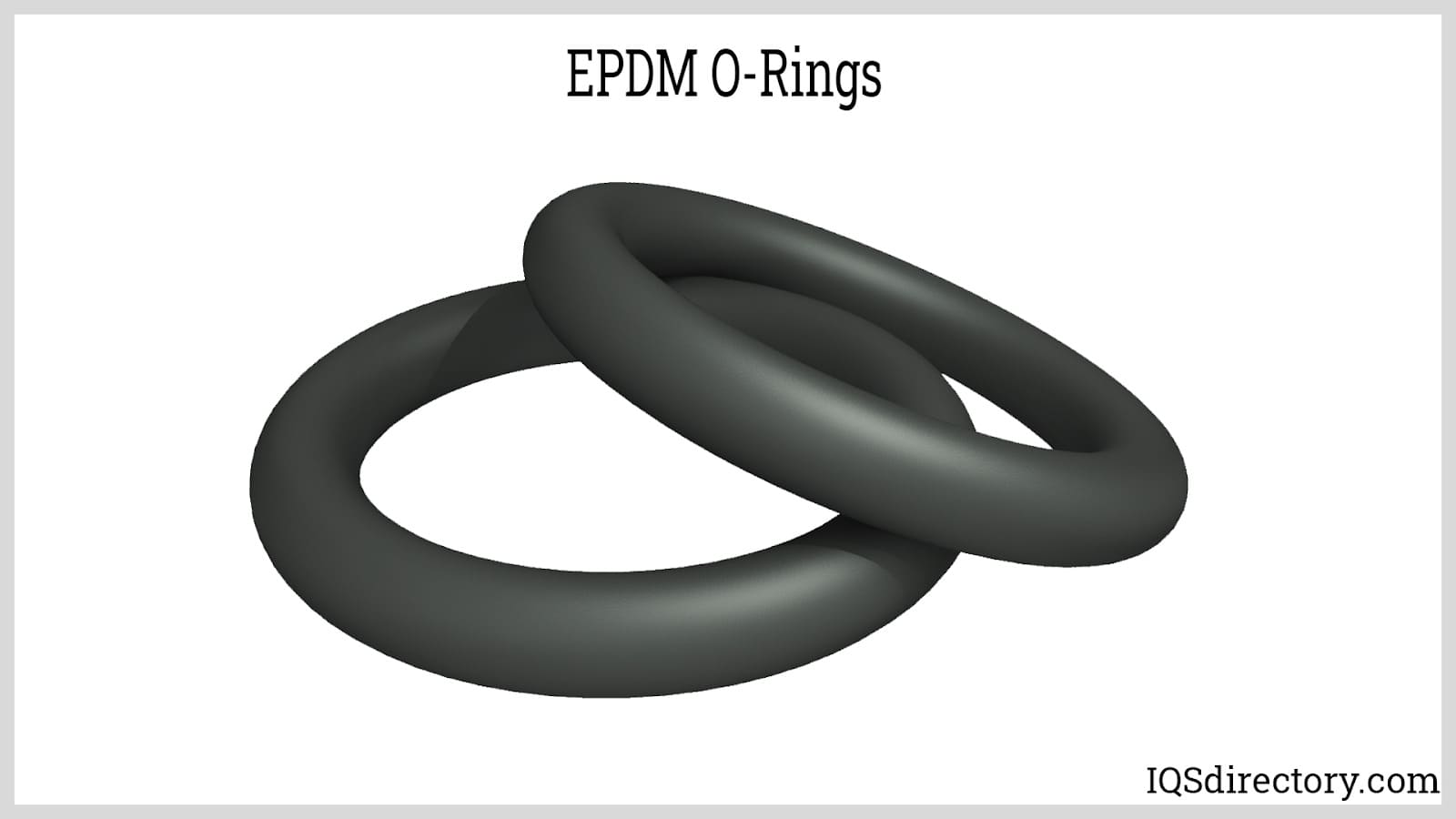
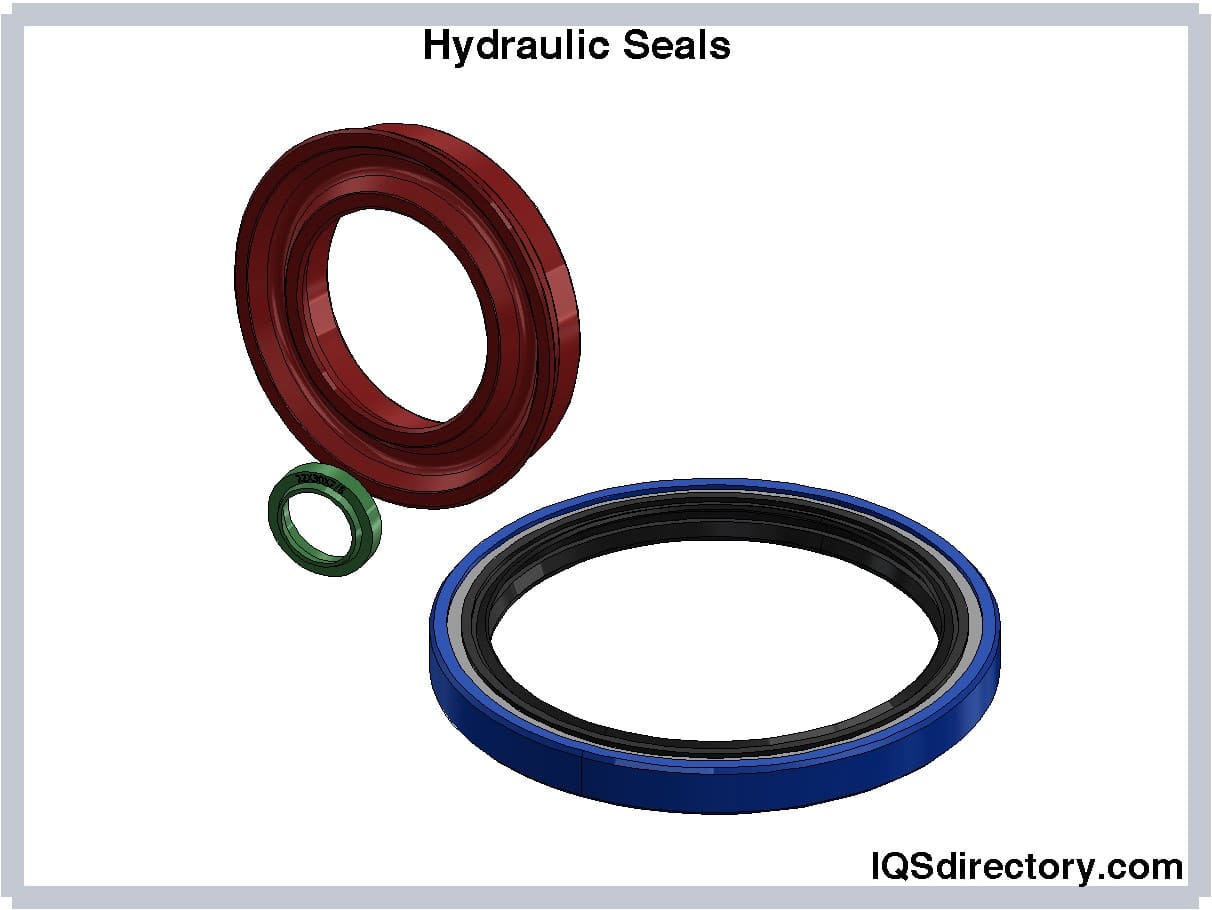
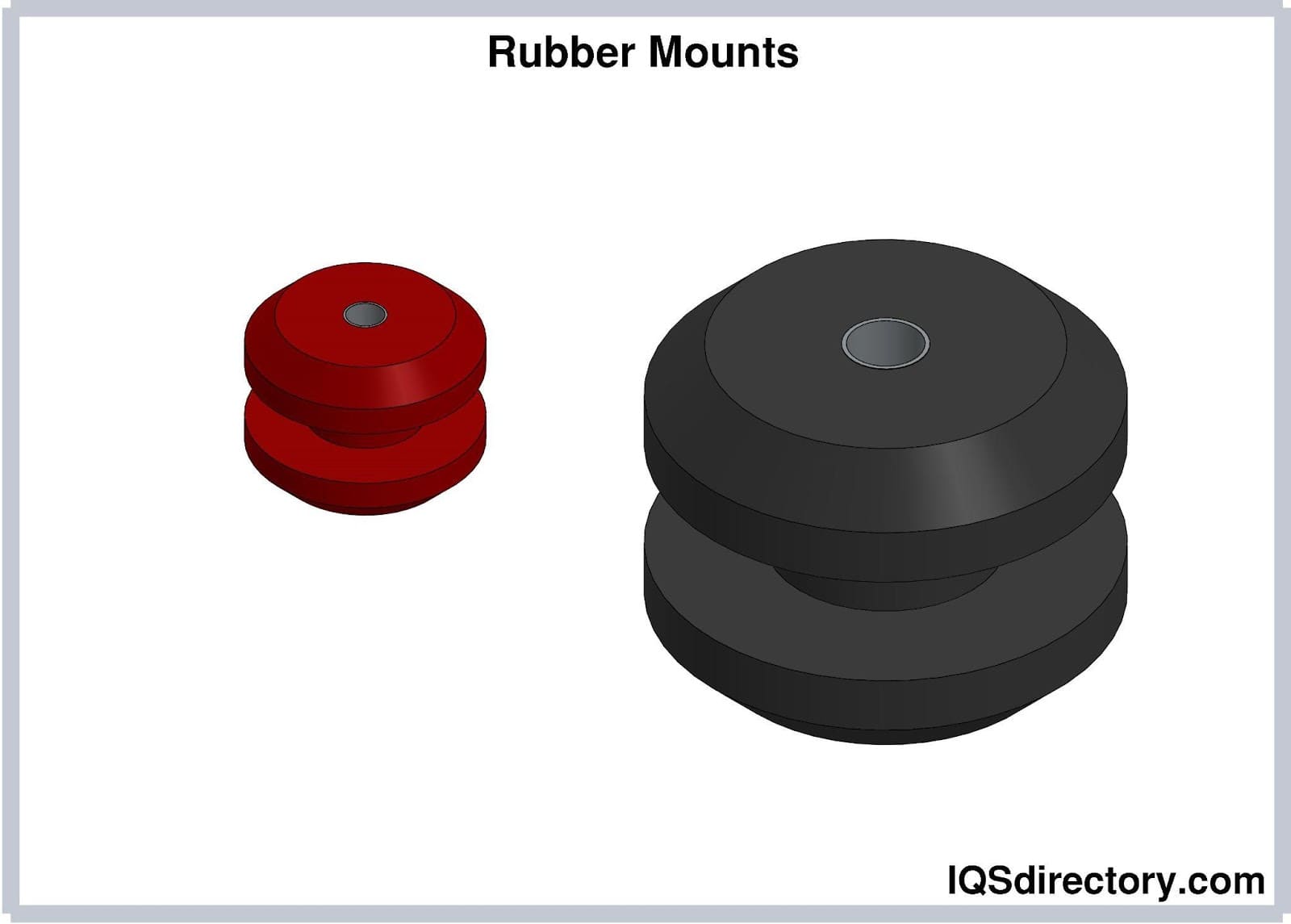
 Die Cutting
Die Cutting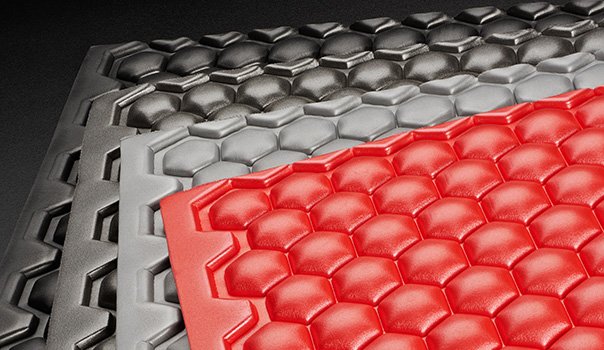 Foam Fab
Foam Fab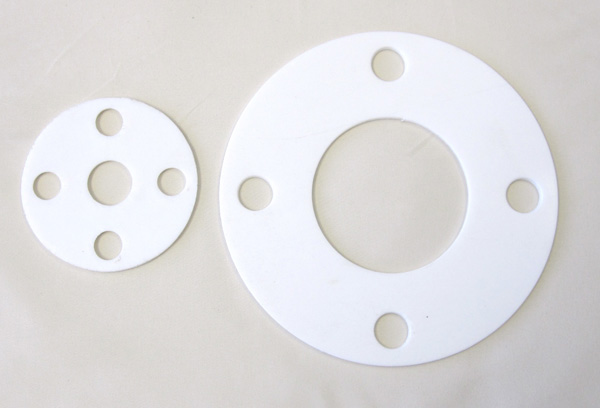 Gaskets
Gaskets O-rings
O-rings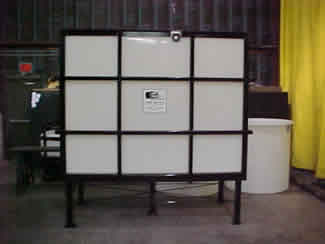 Plastic Fabricators
Plastic Fabricators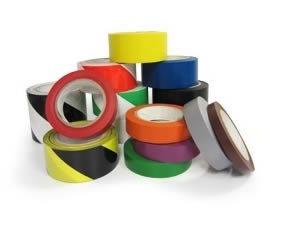 Tape Suppliers
Tape Suppliers Castings & Forgings
Castings & Forgings Bulk Material Handling
Bulk Material Handling Electrical & Electronic Components
Electrical & Electronic Components Flow Instrumentation
Flow Instrumentation Hardware
Hardware Material Handling Equipment
Material Handling Equipment Metal Cutting Services
Metal Cutting Services Metal Forming Services
Metal Forming Services Metal Suppliers
Metal Suppliers Motion Control Products
Motion Control Products Plant & Facility Equipment
Plant & Facility Equipment Plant & Facility Supplies
Plant & Facility Supplies Plastic Molding Processes
Plastic Molding Processes Pumps & Valves
Pumps & Valves Recycling Equipment
Recycling Equipment Rubber Products & Services
Rubber Products & Services